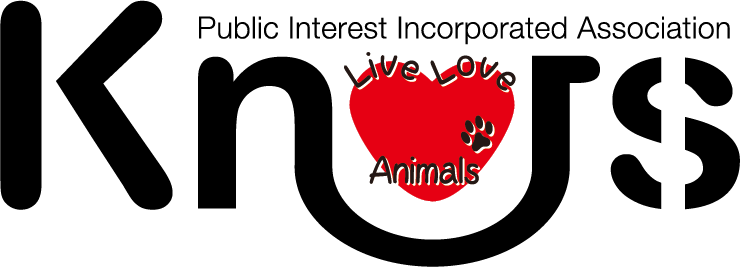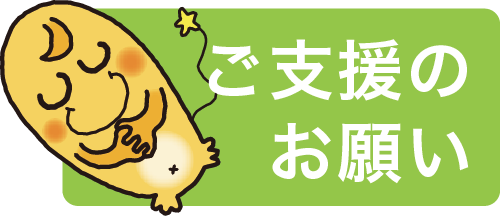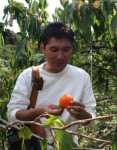|
|
||||||||||||||||
Symposium Ⅵ
“Damage to the Livestock Industry Caused by Wild Animals”
Date: Sun.20th July 10:00 ~ 13:00
Venue: Waraku Meeting Room
Organiser: Japanese Society for Applied Animal Behaviour
Purpose: The damage caused by wild animals to agriculture and forestry has become a major social issue. In recent years damage to animal industry sites, such as livestock and feed production sites, has also been recognized. This symposium will discuss th e actual damage to animal industry sites and the relationship this has with agriculture and forestry damage. Potential measures to tackle the problems and ways to co-exist with wild animals will be considered.
Introduction of Wildlife damages on livestock industry
Senior Researcher
NARO Institute of Livestock and Grassland Science
Various wild animals cause serious agricultural damage in Japan. The cost of herbage damage caused by wildlife exceeded $40 million throughout the country in fiscal 2011. These wildlife damages on the livestock industry can be distinguished into three categories: 1) the damages to products, 2) the damages to the human body or health, and 3) the damages to the environment. Although these damages can be assessed properly by comparing value or quality of something affected by wildlife and the standard one, these valuations are sometimes difficult. The damages to products are easily recognized and include the direct and indirect ones. The former includes the herbage damage caused by sika deer, rooting up the grass by wild boars, feedstuff loss by wild boars and raccoon dogs, the damage to corn caused by bears and the damage to round bale silage caused by sika deer and rodents and the latter includes the spread of infectious disease like avian influenza. The damages to the human body or health are unlikely to be recognized and include the personal injury caused by bears and wild boars associated with their feeding on feedstuff, and traffic accidents caused by sika deer associated with their intrusion into pastures. The danger of a zoonosis transmitted by wild animals is also regarded as the damages to human health as in the case of echinococcosis: the risk becomes higher where red foxes frequently intrude into a pigsty. The damages to environments are the most neglected ones and include the intrusion into houses by raccoons and palm civets, the accumulation of droppings from wild animals. Wildlife damages on the livestock industry are likely to happen in farms located in the mountainous areas surrounded by habitats of various wild animals. Since these farms are storing plenty of feedstuffs with high nutrient contents that could be a good food resource for wild animals, the proper countermeasures are indispensable to control damages caused by wild animals.
Damage control and behavioral characteristic
of the large-sized animal
Senior Researcher, NARO Western Region Agricultural Research Center
Among large-sized mammals in Japan, sika deer, wild boar, Asiatic black bear and brown bear cause serious damage in livestock industry. They cause severe damage to pasture and forage crops such as maize. Both cultural and physical control approach based on their behavioral characteristic are necessary for damage control in wildlife damage. As cultural control, the environment around the cultivated land should be controlled to reduce food availability and make open space for inducing vigilance behavior. In addition, fence (for example, wire mesh and electric fence) is one of effective physical control against these mammals. For example, we can prevent wild boar maize damage by fencing and bush clearing to make open space. Many studies report the rooting damages in grassland by wild boar. Recently, some studies report the grazing damages by wild boar in temperate grassland from autumn to spring. Grazing behaviors of wild boar were recorded by the infrared automatic cameras. The proportion of grazing behavior was about 70 % of the events recorded. On the other hand, no rooting behavior was recorded. Because grazing damages by wild boar are less conspicuous than deer ones, these damages might be overlooked by farmer. Captivity reared wild boars graze Italian ryegrass at the first opportunity. This result suggests that Italian ryegrass is palatable feed for wild boar. In fact, wild boar showed clear preference among five temperate grass species in field experiment. They preferred Italian ryegrass to rye. According to these data, we can reduce grazing damage in grassland by selecting grass specie less susceptible to grazing damage and setting up adequately electric fence.
Damage control and behavioral characteristic
of the medium-sized animal
Director of Wildlife Management, Saitama Prefectural Agriculture and Forestry Research Center
Wild animals cause serious damages in livestock and poultry industry. Predation on chicken by the medium-sized animal is one of the most serious damages. Main predators are introduced species such as palm civet and raccoon. Native species such as raccoon dog, fox, badger, marten, and weasel also cause predation damage. Fence is one of the effective countermeasures to prevent the animal invasion into chicken house. However, it is highly cost to cover whole chicken house. Another countermeasure is the environment control. This cultural approach makes the environment around the chicken house unattractive for predators. I investigated the environment surrounding the damage site to check which factors attract the predators. I found three attractive factors, such as house, garbage dumps, and Japanese persimmon tree. These attractive factors are same as those in the crop damage by the medium-sized animal. House provides a safe den close to chicken house for the medium-sized animal. Garbage dumps provides nutritious food for them throughout the year. Japanese persimmon is one of the best foods for them from autumn to winter. These foods attract the animals close to chicken house, and as a result they cause the damage. Therefore, in order to reduce damages, we should check whether our house is a safe den for the animals or not. And, we should be careful not to provide foods for animals by managing garbage and harvesting persimmon. Environmental control is cost effective countermeasure which farmer can take themselves.




